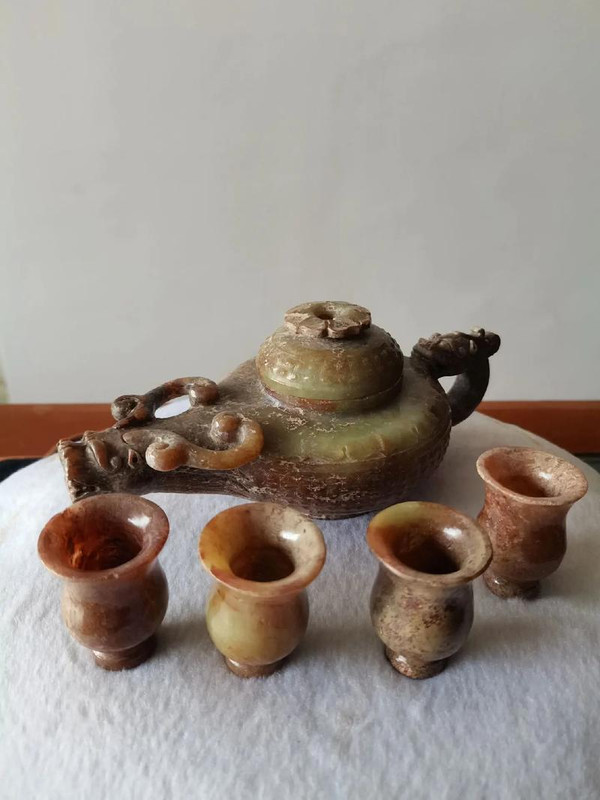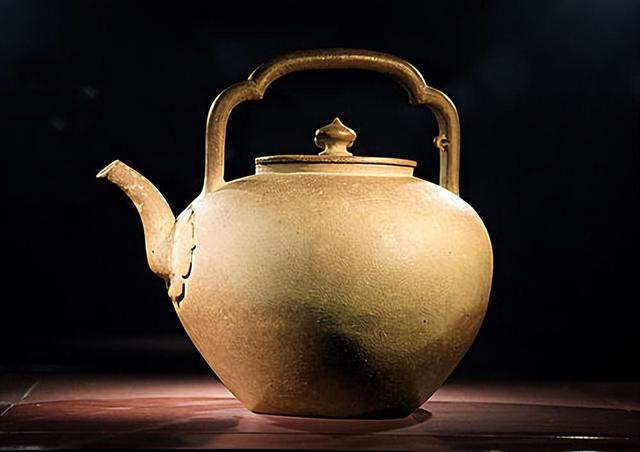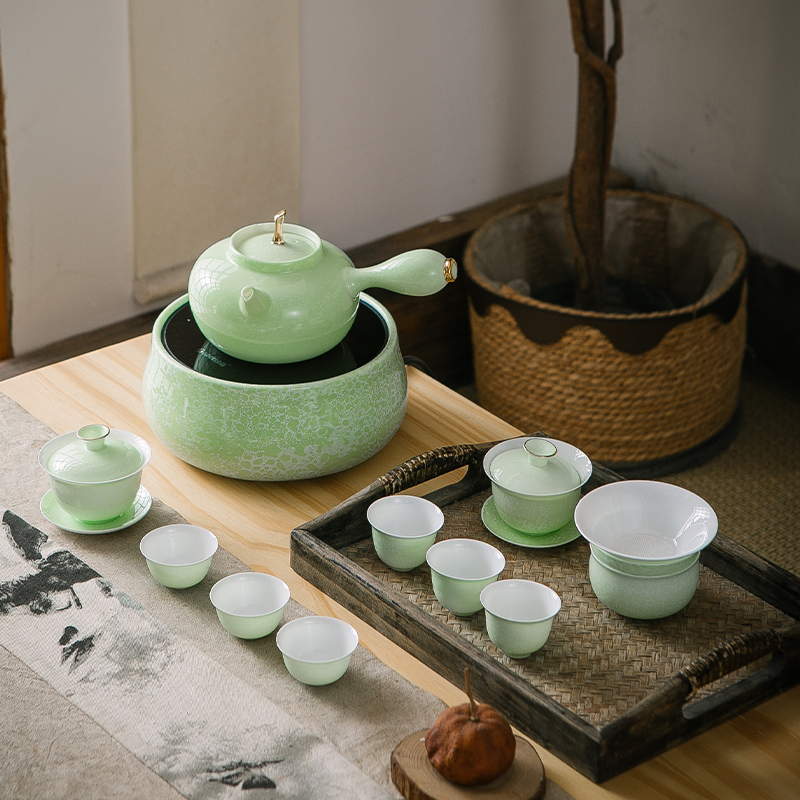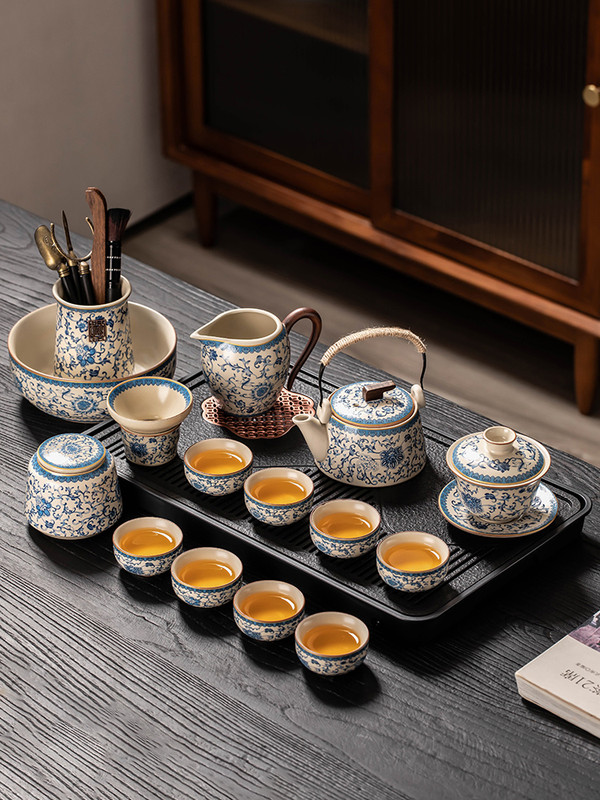The Han Dynasty (206 BCE–220 CE) marks the formative era for Chinese tea culture, transitioning from the Shang and Zhou dynasties’ use of tea leaves as medicinal herbs to a beverage with ceremonial and social significance. Though early tea utensils were rudimentary compared to later dynasties, the Han period established foundational practices and tools that would shape the evolution of tea ware for millennia.

1. Early Tea Consumption: From Herbal Remedy to Elite Drink
During the Western Han (206 BCE–8 CE), tea was primarily consumed for its medicinal properties, as recorded in Shennong Ben Cao Jing (The Divine Farmer’s Materia Medica). Archaeological discoveries, such as the 1998 excavation of the Mawangdui tombs in Changsha, reveal that tea was brewed in bronze cauldrons alongside herbs like ginger and chrysanthemum. However, by the Eastern Han (25–220 CE), tea began to permeate elite circles, with the scholar Wang Bao’s Tongyue (Contract for a Young Slave) mentioning “tea-stirring” as a household chore—a rare literary reference to tea preparation.
2. Prototype Utensils: Bronze, Lacquer, and Clay
Han Dynasty tea utensils reflected the era’s metallurgical and ceramic advancements:
- Bronze Tea Kettles (Ding): Three-legged cauldrons like the “Yin” ding (unearthed in Hubei) were used to boil tea leaves over open flames. Their wide bases and loop handles allowed steady pouring into smaller vessels.
- Lacquer Tea Bowls: The Han elite favored lacquerware, with bowls like the “Cloud and Dragon” bowl (found in Ma Wangdui) adorned with black-and-red motifs symbolizing immortality.
- Lead-Glazed Ceramic Jars: Early proto-porcelain jars, such as the “green-glazed” tea caddy from Zhejiang, stored dried leaves, demonstrating primitive preservation techniques.
3. Tea and Mortuary Rituals: Utensils as Funerary Goods
The Han practice of burying the deceased with practical items extended to tea utensils. The Mawangdui tombs, for instance, included a set of bronze and lacquer tea tools alongside a silk manuscript titled “Ten Recipes for Longevity,” which listed tea as an ingredient for elixirs. Similarly, the “Xin Zhui” tomb (2nd century BCE) contained a lacquer tea tray with residue of tea and jujube, suggesting its use in the afterlife.
4. The Spread of Tea Culture: From Central Plains to Frontiers
Han military campaigns and the Silk Road facilitated tea’s diffusion:
- Northern Frontiers: Tea seeds, discovered in a 2nd-century CE Xiongnu tomb in Mongolia, indicate nomadic adoption, likely brewed in horse-head shaped silver kettles.
- Korean Peninsula: Han-style bronze kettles and ceramic jars, unearthed in Gyeongju, show tea’s introduction to the Goguryeo Kingdom via diplomatic missions.
- Southeast Asia: Trade documents from the “Hou Hanshu” (Book of the Later Han) mention tea exchanges with Jiaozhi (modern Vietnam), where locals brewed it in bamboo tubes.
5. Philosophical and Literary Connections
Han intellectuals began linking tea to Daoist and Confucian ideals:
- Daoist Alchemy: Tea was considered a “yang” tonic balancing the “yin” of wine, with texts like Huainanzi associating it with clarity of mind.
- Confucian Etiquette: The “Li Ji” (Book of Rites)虽然没有直接提到茶,但 outlined principles of harmony and respect that later tea ceremonies would adopt.
6. Legacy: Seeds of a Future Culture
Han Dynasty tea utensils laid the groundwork for future innovations:
- Ceramic Precursors: Eastern Han green-glazed jars evolved into Tang Dynasty celadon tea bowls.
- Ritual Foundations: The act of boiling tea in bronze vessels anticipated the Song Dynasty’s whipped tea ritual.
- Global Trade: Han tea routes through Yunnan and Sichuan later became the Tea Horse Road, connecting China to Tibet and India.
Conclusion: A Civilization Brewed in Bronze and Lacquer
The Han Dynasty’s tea utensils, though primitive, represent the crucible of Chinese tea culture. By transforming tea from a medicinal herb to a beverage imbued with ritual and philosophy, they set in motion a tradition that would inspire emperors, poets, and artisans for centuries. Today, a Han-era bronze kettle or lacquer bowl reminds us that the act of brewing tea has always been more than a mundane task—it is a thread connecting humanity’s past and present. As the Han philosopher Wang Chong wrote, “Tea is the elixir of quiet contemplation”—a sentiment brewed in the cauldrons of China’s first great tea age.



